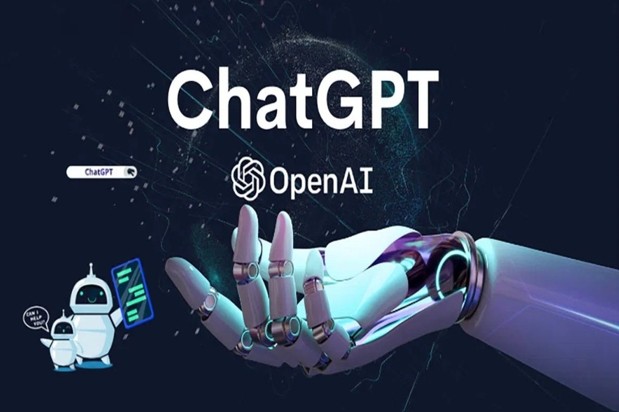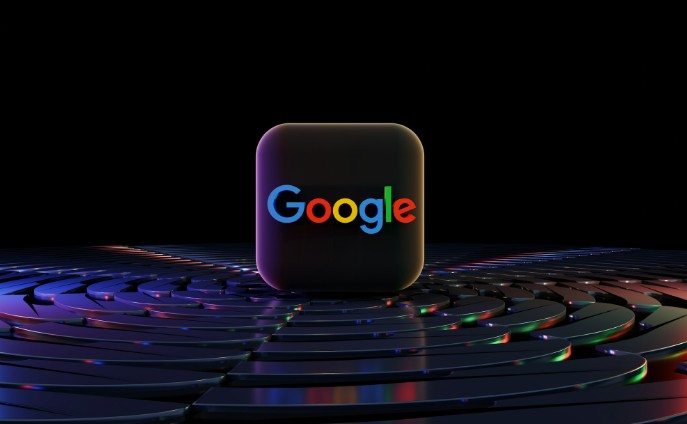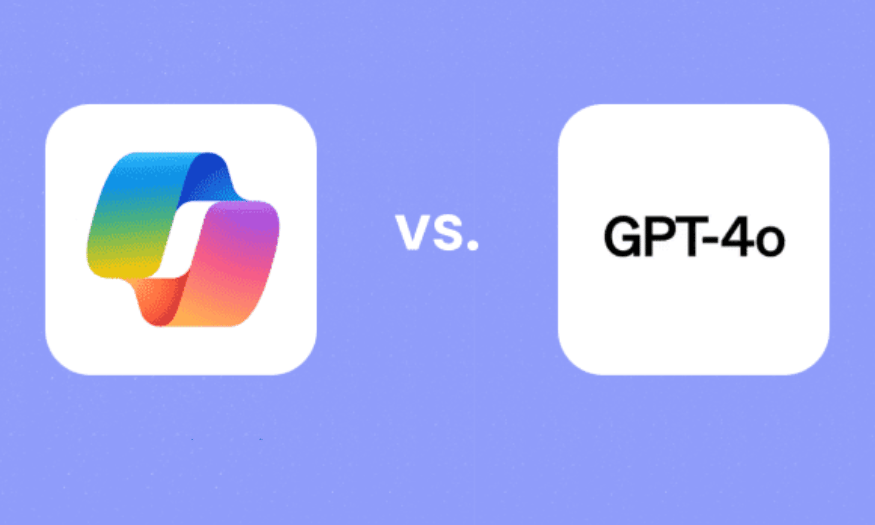Best Selling Products
Amazed At How 80s Kids “Download Games” Without Internet
Nội dung
- 1. Sounds to help record Manic Miner game to Cassette
- 2. A "crazy" idea becomes reality
- 3. As Europe rides the data wave
- 4. Data transmission technology: When radio waves become digital media
- 5. More Than Just Games: The World of Software on Radio
- 6. Tape Culture: When Cassettes Become Treasures
- 7. The End of a Creative Era
- 8. An amazing calculation
In the early 1980s, when personal computers were rare and expensive and the internet was still a distant concept, kids who loved programming and video games came up with a very creative way.
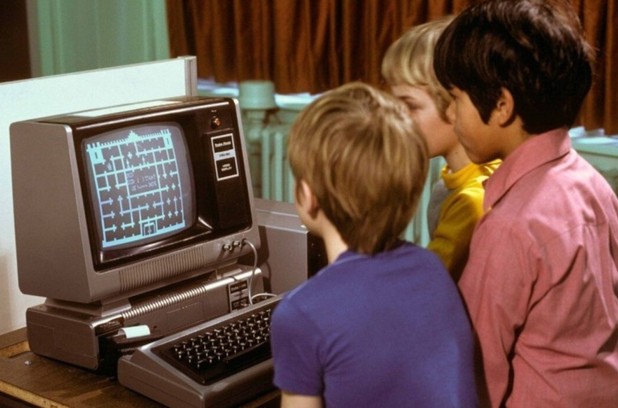
Before smartphones made every game just a few taps away, before Wi-Fi covered every corner of life, and before the phrase "download game" became popular, there was a generation of technology users who had to use... the radio to download games.
It may sound like science fiction, but it is actually a very real and very magical part of technological history. In the early 1980s, when personal computers were rare and expensive and the internet was still a distant concept, kids who loved programming and video games came up with a very creative way: they recorded data signals broadcast over the radio and turned them into games on their computers.
There was no high-speed internet, no app stores or digital platforms like today, all it took was a cassette player, a radio and a pure passion for technology. In the breathless wait, each code encoded in sound would be played over the radio waves, and if you recorded it in time, you would literally “download” a game.
It was a time when imagination, patience, and ingenuity replaced bandwidth. A time when little hackers didn’t need Wi-Fi, but still connected to the world via radio waves. And most of all, it was an era when every high-pitched “screech” from the radio opened up a whole universe of games, adding adventure and wonder to the childhoods of millions of children.
Let's go back in time, to the 1980s, to discover how primitive but innovative technology once helped people "download" games without the need for internet or Wi-Fi.
Imagine a Monday night in July 1983 in Bristol, England...
In a small bedroom in an ordinary house in Bristol, England, a young boy is about to embark on a technological adventure. Under the dim light, he is not doing his homework as his parents told him to. Instead, he is sitting close to his cassette player, eyes fixed on the radio, ears straining to listen to the broadcast.
The awaited moment came when the announcer's voice rang out:
"And now the moment you've all been waiting for..."
Immediately, the boy pressed the Play and Record buttons at the same time. A high-pitched, distorted sound began pouring out of the radio speaker, filling the room with a series of metallic, screeching “SCREEEEEEEEE...” sounds. It wasn’t static, but the sound of a computer program being transmitted through the radio.
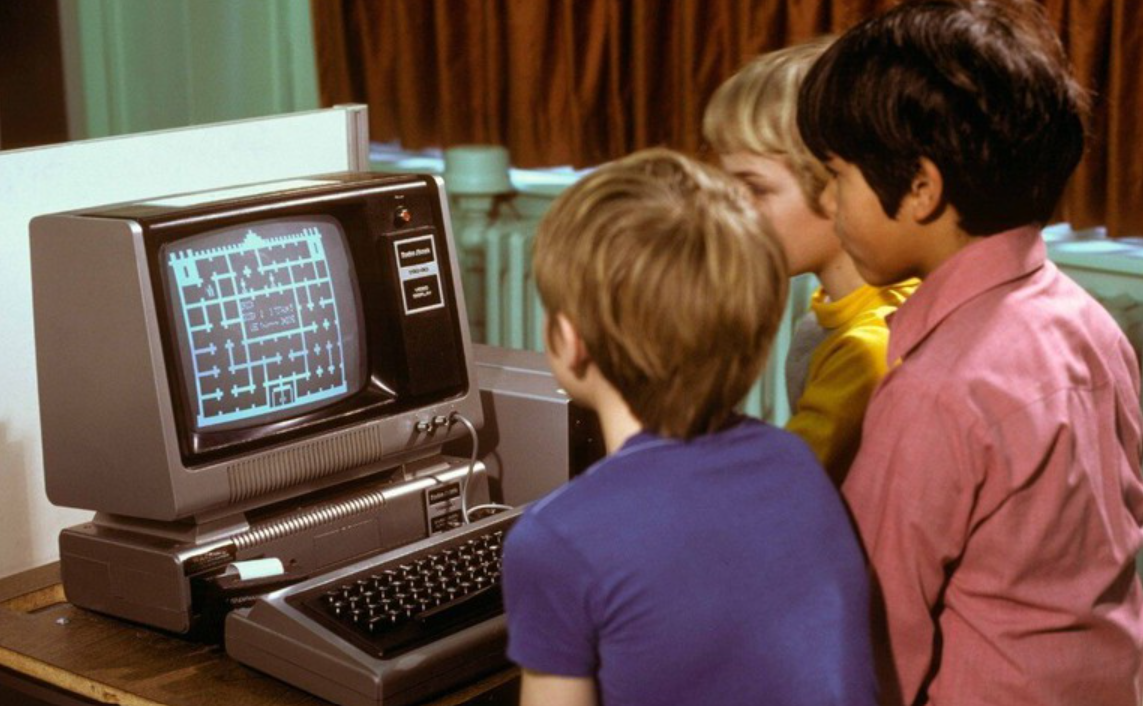
No Internet, no Wi-Fi connection required. With just a cassette and a radio, kids of the 80s could “download” their favorite games, in a way that sounds strange today.
1. Sounds to help record Manic Miner game to Cassette
At the time, hard drives were a luxury, and floppy drives were expensive. Personal computers like the Apple II, Commodore PET, and Tandy TRS-80 all used cassette tapes as their primary storage medium. Audio cassettes, cheap and accessible, became the first “drive” for countless programmers, students, and gamers of the time.
Storing data as audio not only saved money, but also paved the way for bold inventions like transmitting software over radio.
The magic was this: if a program could be recorded on a cassette, it could be played over the radio, and if the listener recorded it properly, they would have an exact copy of the original program.
2. A "crazy" idea becomes reality
In the Netherlands, engineers from the broadcasting organization Nederlandse Omroep Stichting (NOS) took the lead in this experiment. They came up with a seemingly crazy hypothesis: If a computer program was encoded into sound, it could be broadcast over the radio.
The idea quickly took off with the "Hobbyscoop" program, where audio data clips were broadcast to thousands of listeners each week. PC owners could simply record the audio and run it on their computers to install software or play games.
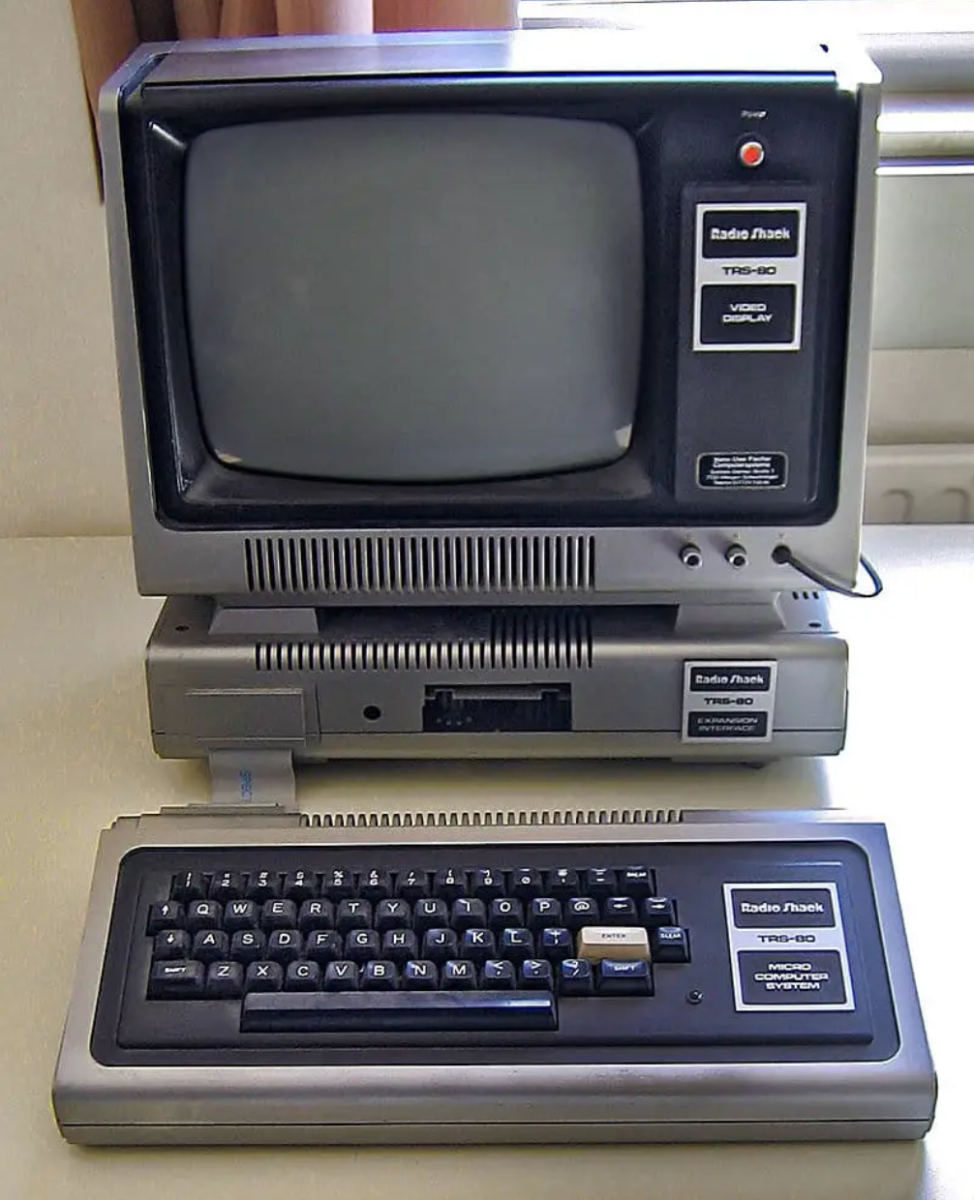
To standardize the system, NOS developed a special data format called BASICODE that allowed programs to run on any type of computer that supported the BASIC language. This was an important step forward, helping to remove barriers between different hardware platforms, and expanding the ability to share software over the radio.
3. As Europe rides the data wave
The story doesn't stop in the Netherlands. In the former Yugoslavia, radio station Ventilator 202 broadcast more than 150 software programs between 1983 and 1986. In the UK, Joe Tozer and Tim Lyons of Radio West created a program called "Datarama," which broadcast pictures and computer programs over AM.
One of the most memorable moments was when Datarama aired a 40x80 pixel black-and-white image of Cheryl Ladd, star of the series "Charlie's Angels." Joe Tozer recalled:
"That night was amazing... She appeared on the screen – a captivating Cheryl Ladd in black and white pixels and we were all stunned."
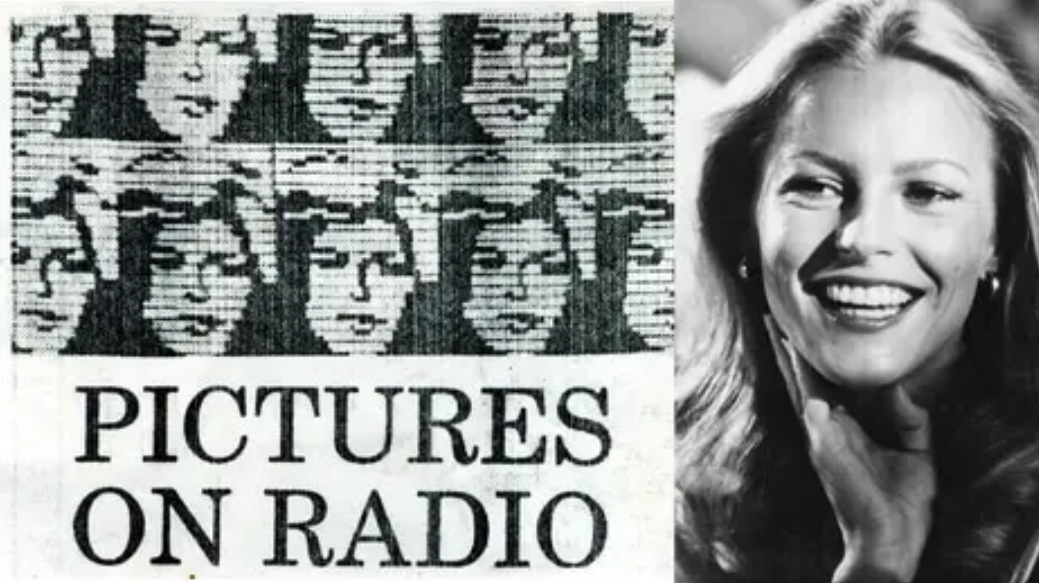
4. Data transmission technology: When radio waves become digital media
Transmitting data over radio waves requires an understanding of digital signal modulation techniques. Data is encoded using techniques such as:
ASK (Amplitude Shift Keying): amplitude modulation.
PSK (Phase Shift Keying): phase modulation.
QAM (Quadrature Amplitude Modulation): modulation that combines amplitude and phase.
Transmission speeds were typically very low, only a few hundred bits per second, but with games that were only a few KB in size, this was enough to broadcast a full game.
5. More Than Just Games: The World of Software on Radio
The list of software broadcast is very diverse:
- Games (Manic Miner, Jet Set Willy, ...).
- Math, English, Physics program.
- Simple flight simulation.
- ASCII art images.
- Simple pixel drawing tool.
In Yugoslavia, television programs even put software on prime time, despite the protests of adults who had to endure the data "hiss" every weekend.
6. Tape Culture: When Cassettes Become Treasures
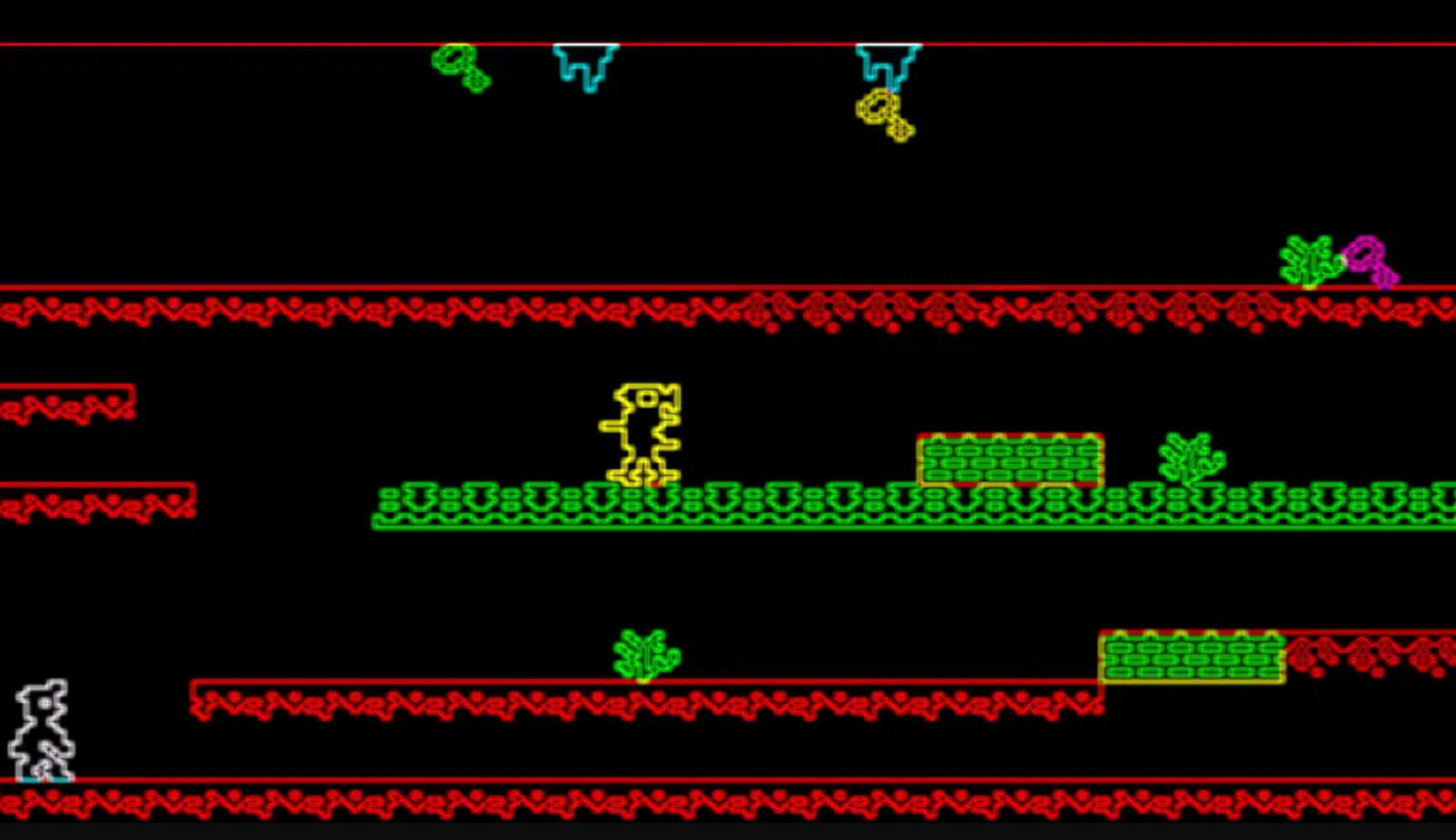
For young people at that time, hunting for and sharing programs broadcast on the radio became a special hobby. They:
- Record programs on cassette tapes.
- Note the software name, number of games, quality (“3 didn't work!”).
- Trade cassette tapes like precious treasures.
- Using a ballpoint pen to spin the tape – the immortal symbol of that generation.
But cassette tapes were also fragile. A stray magnet in the room, or a misaligned head, could wipe out a month's worth of recordings.
7. The End of a Creative Era
With the advent of 16-bit computers in the late 1980s, software requirements grew exponentially. Games now required hundreds of kilobytes, even megabytes, far exceeding the capacity of radio transmission. Cassette tapes were replaced by 3.5-inch floppy disks, hard drives, and then CD-ROMs.
With the advent of Wi-Fi in the early 1990s, radio data transmission officially became a thing of the past. No more screeching, no more excitement every night waiting for the new show to air. All that remains is the memory of a golden generation, the generation of “little hackers” with cassettes and old radios.
8. An amazing calculation
To illustrate how quickly technology has changed, programmer Simon N. Goodwin once came up with an interesting calculation: if the game GRID for PS3 was broadcast via cassette and radio as it was in the old days, the process would take about 4 years and require a type C cassette with the imaginary name: C-1,957,341.
Today’s world is awash in bandwidth, 5G, gigabit Wi-Fi, and the ubiquitous digital cloud. But there was a time when tech-savvy kids sat by the radio, shaking as they pressed the record button, waiting for each byte of data to be transmitted over deafening sound waves.
It is not just a story about technology, but also a story of faith, creativity and love for technology at its purest. A generation that does not need the Internet but still connects to a whole wide world with only radio and imagination.









































